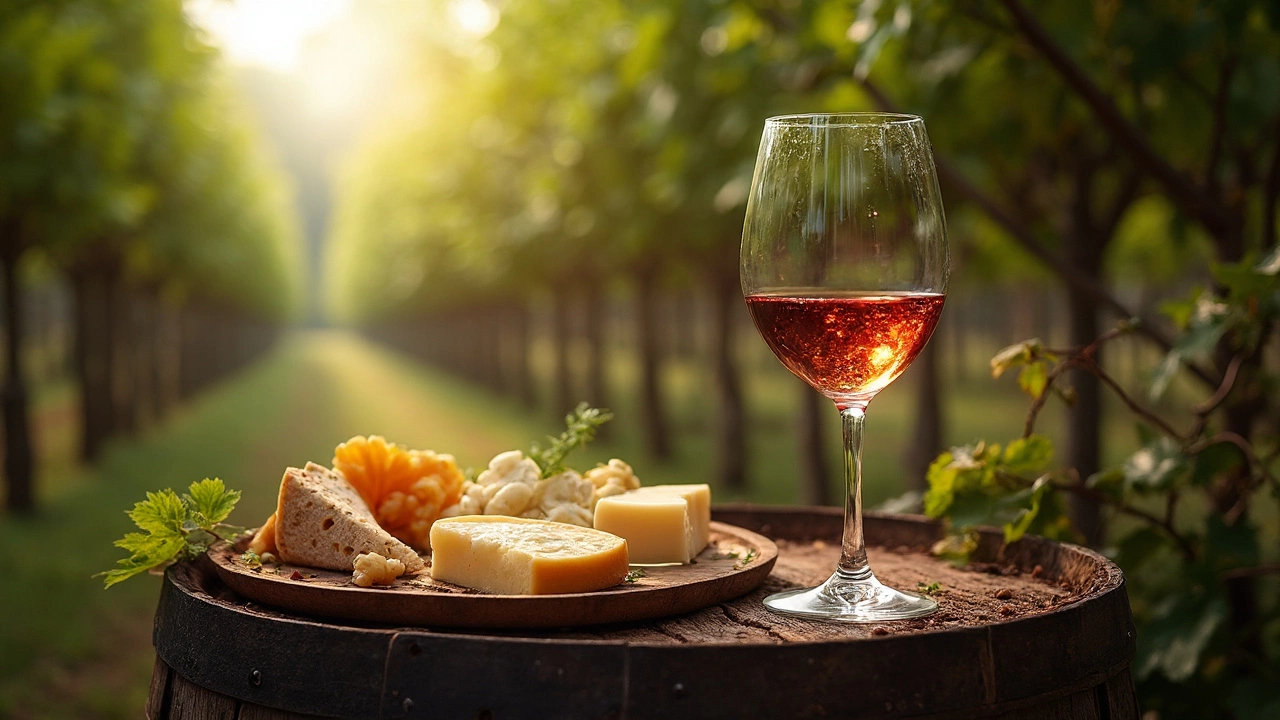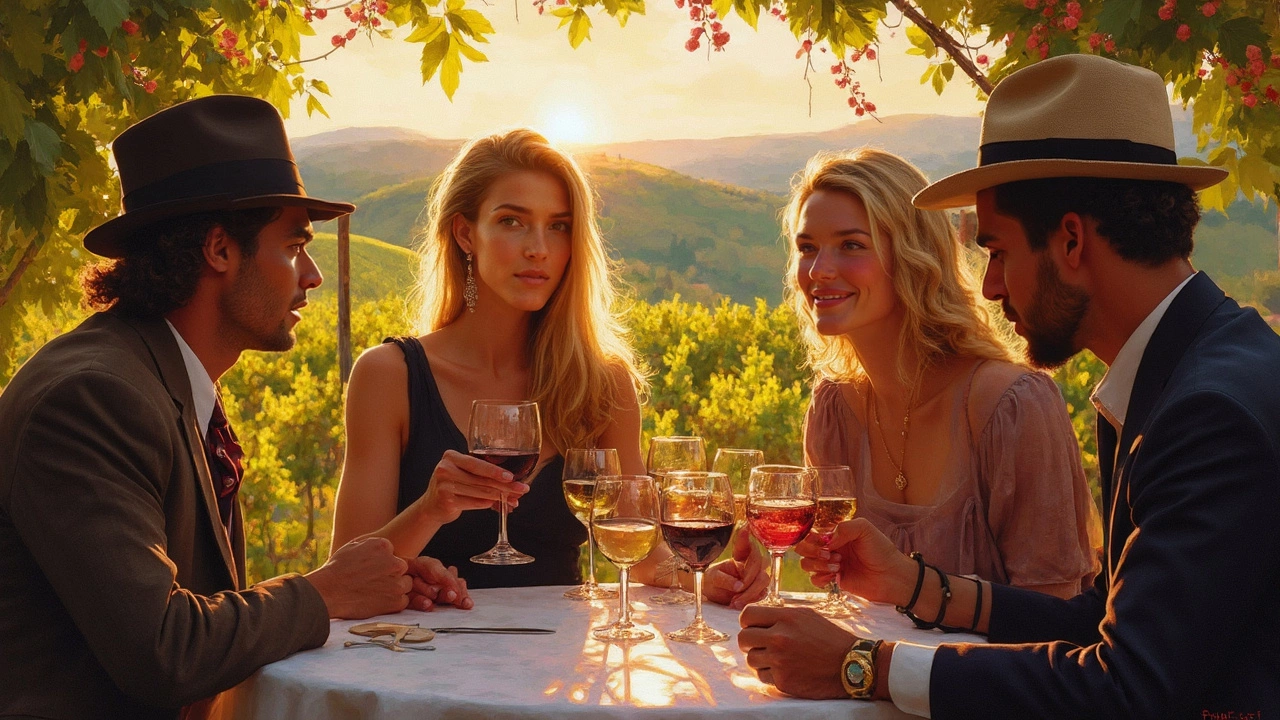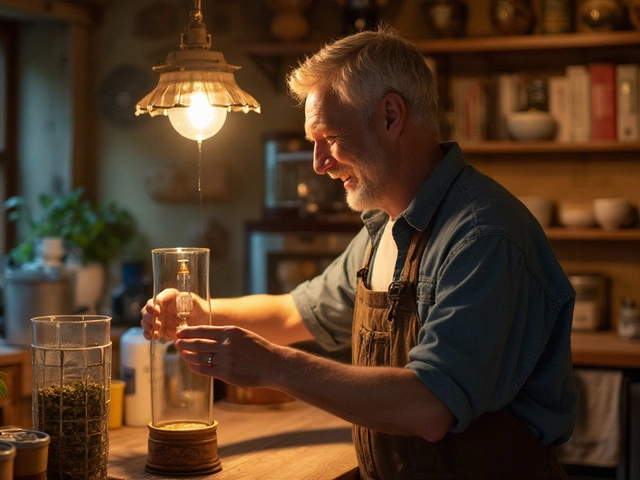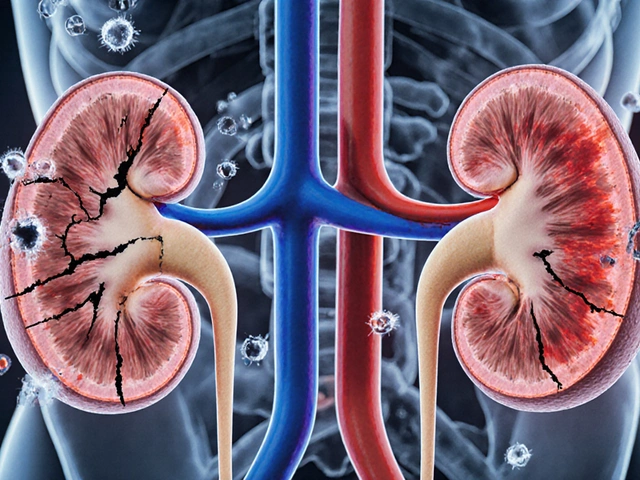If you've ever found yourself swirling a glass of wine at a tasting, you might have wondered—just how much am I drinking here? It's a fair question, especially when each sip seems to open up a whole world of flavors. Understanding how much wine you're consuming at a tasting can help you enjoy the experience without overindulging.
Typically, a standard wine pour at a tasting is about 1 to 1.5 ounces. This small amount is designed to give you just enough to appreciate the taste, aroma, and finish of the wine without overwhelming your senses or your sobriety. So, if you're hopping from table to table sampling, keep this size in mind. It might feel like a tiny sip, but it adds up quickly!
- The Standard Wine Pour
- What to Expect at a Wine Tasting
- Tasting Etiquette 101
- Tips for Maximizing Your Experience
The Standard Wine Pour
So, what's the deal with the standard wine pour at a tasting? You're sipping just about 1 to 1.5 ounces per sample. Why so little? It's all about letting you savor the nuances of different wines without going overboard. This serving size helps keep your palate keen and eager for the next taste. It's like offering just enough to appreciate the magic without making things blurry by the end of the session.
Think of it like this: if you attend a tasting event with, say, ten different wines to try, you’d be swirling around 10 to 15 ounces in total. That's like having two regular glasses of wine. This way, you’re getting loads of variety without feeling like you need to take a nap afterward. Such a setup lets you enjoy the bouquet, body, and flavor of each wine quite thoroughly without losing track of how much you've consumed.
Ever notice those spit buckets on the tables? They're there for a reason! Especially at bigger tastings, many folks use them to avoid swallowing every sip, keeping their senses sharp. It’s not just a scene from a movie—it's practical, especially if you're driving home later.
If you're wondering where this tradition comes from, it has roots deep in ensuring everyone gets to experience a variety of wines while keeping things sustainable and enjoyable. Plus, it’s inclusive, letting everyone from casual drinkers to seasoned sommeliers find their favorite flavors.
| Type of Tasting Event | Average Number of Wines | Total Wine (in ounces) |
|---|---|---|
| Winery Tour | 5 - 7 | 5 - 10.5 |
| Wine Festival | 10 - 15 | 10 - 22.5 |
| Sommelier-led Tasting | 12 - 20 | 12 - 30 |
This little guide can make your next tasting a little less mysterious and a lot more enjoyable. You'll know exactly what you're getting into, and you can focus more on the flavors than the logistics. Next time someone asks, you'll be the go-to wine tasting expert, for sure!
What to Expect at a Wine Tasting
Heading to a wine tasting for the first time? It's more than just sipping and swirling. You're in for an experience that's a mix of education and enjoyment. Picture this: a lineup of glasses, each filled with a wine that's ready to tell its story. Your job? Listen carefully, or in this case, taste attentively.
Most tastings will kick off with lighter wines, such as whites and rosés, before moving on to the heavier reds. It’s like a gourmet meal, starting with the appetizers and moving towards the main course. Pay attention to how the flavors evolve—it's all part of the journey.
You might be handed a tasting sheet. This is your guide through the lineup, detailing the wine names, regions, and any notable characteristics. Don’t rush. Tasting is as much about savoring the story behind each glass as enjoying the liquid itself.
Expect knowledgeable hosts who are there to share insights. Don’t be shy about asking questions. Curious about the wine's history or the vineyard's methods? Now’s the time to ask. They're not just pouring glasses of wine; they're sharing a craft.
And here's a fun part: sometimes, you'll get to try limited edition or reserve wines. Keep an eye out for those special pours—they’re often highlights of the tasting.
Wine events can vary, but you'll often notice spittoons available. No, they’re not just for show. Spitting is perfectly acceptable and common, especially during big tastings or when you're planning on driving afterward. Remember, the goal is to enjoy and learn, not overindulge.
For those who love data, here’s a quick look at what some tastings might include:
| Type of Tasting | Number of Wines | Average Duration |
|---|---|---|
| Standard Tasting | 6-8 | 1-2 hours |
| Reserve/Exclusive Tasting | 4-6 | 1 hour |
| Blind Tasting | 4-8 | 2 hours |
All in all, expect an experience that's as much about learning as it is about tasting. Relax, have fun, and enjoy your journey through the world of wine.

Tasting Etiquette 101
Attending a wine tasting is not just about sipping different wines; it's about discovering new flavors and maybe even learning a bit more about what makes each bottle unique. Here's how to keep it classy and enjoyable.
First things first—holding the glass. Grab it by the stem, not the bowl. This isn't about being snooty. It actually helps keep your wine temperature perfect because heat from your hands won't warm up the wine.
Next up, take your time with each glass. Before gulping, give it a swirl, take a sniff, and then sip. This helps you catch all the layers of the wine's flavor and aroma. Plus, it looks like you know what you're doing, which is always a bonus.
Speaking of sipping, it's not a contest to see who finishes their glass the fastest. Enjoy the wine tasting by savoring each sip. If you don’t like a wine, it’s perfectly fine to discreetly spit a bit out in the designated spittoon. That's actually common practice, especially at events where there's a lot to try.
In conversations with the sommeliers or winemakers, don't hesitate to ask questions. They're usually pretty excited to share their knowledge. But keep it respectful—no intense debates about who makes the best Chardonnay.
So, what if you're at a tasting with friends? Here’s a cool tip: share your thoughts about each wine. It can spark fun discussions and help you form your palate. Just remember, wine tasting isn't just about the number of glasses; it's about the quality of the sips and the stories behind them.
Tips for Maximizing Your Experience
Diving into the world of wine tasting can be a real treat when you know how to make the most of it. Whether you're an amateur or a seasoned sipper, a few insider tips can really elevate the experience.
First off, pace yourself. Even if each pour is just an ounce, they add up. After all, a typical tasting event offers around five to eight different wines, which is like having a couple of full glasses by the end. Sip slowly, and savor each wine descriptively—think about notes like 'fruity', 'earthy', or 'oaky.'
Bring a notebook or use a wine app on your phone to jot down the wines you enjoy. It’s easy to forget names or specific varietals after the event. This way, you have a list ready for your next wine shop visit or dinner party suggestion.
And here's a fun fact—a lot of tasting rooms offer crackers or bread to cleanse your palate between tastings. Don't skip these! They reset your taste buds and let you fully appreciate the next pour without lingering flavors muddling the experience.
Finally, engage with the staff. These folks can be a treasure trove of knowledge and love sharing stories about the wines. Ask about the winery’s history, how the wine was made, or what food pairs best with it. You might pick up a few interesting anecdotes or pairing tips to share with friends later.
- Wine Sampling: Understand it's about quality, not quantity.
- Keep Notes: Track your favorites for future reference.
- Take Breaks: Enjoy palate cleansers like bread.
- Ask Questions: The staff knows their stuff—tap into it!
By following these tips, not only will you have an enjoyable wine tasting adventure, but you'll also gain insights into what you truly love in a wine. So next time you're out tasting, remember these pointers and you'll walk away a little bit wiser and a whole lot merrier.


